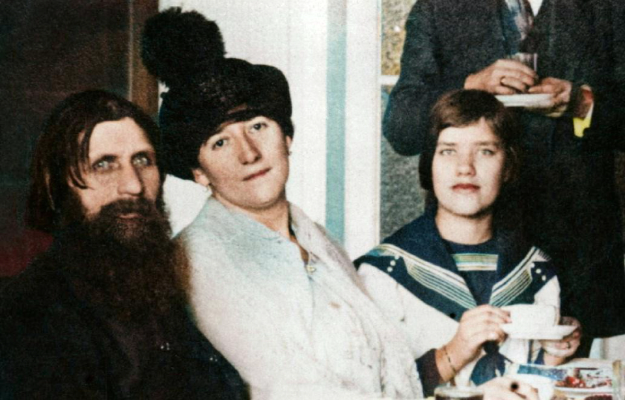Grigori Rasputin, the infamous Russian mystic and adviser to the Romanov family, earned himself quite a reputation for the many scandalous rumors and accusations leveled against him during his life. Yet there was one person who spent their whole life defending him, his daughter Maria. She always maintained that her father was a kind and loving man. She worked tirelessly to dispel the myths and falsehoods that had been spread about him, all while living her own extremely interesting life.
Maria Rasputin
Matryona Rasputin, later called Maria, was born on March 27, 1898 or 1899, in a small Siberian village. It wasn’t until 1910 that she and her sister Varvara went to live with their father in St. Petersburg out of the hope that they would become “little ladies.” While there, they attended private school and were further educated by the governess who was hired to care for them while Rasputin worked and their mother remained in Pokrovskoe.
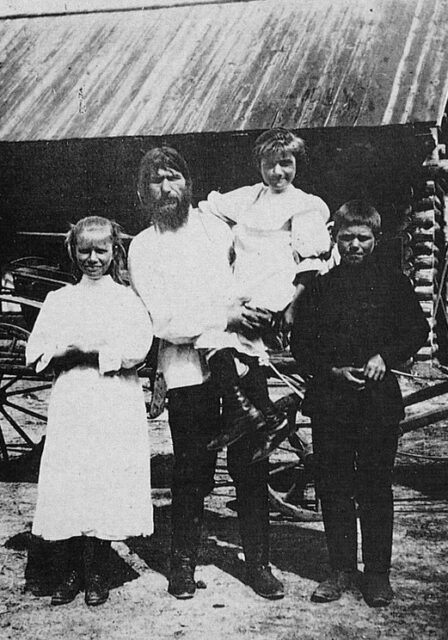
It appears as though her father tried to protect her and her sister from life at court, although they were still allowed to play with the four royal daughters. As they got older and became of interest to potential suitors, Rasputin would strictly monitor how long they were allowed to talk before he kicked them out. During this time, Rasputin’s life was unraveling, but he made it a high priority to ensure this didn’t affect his girls.
Life after death
This only lasted so long, as in December 1916, Rasputin was assassinated by Felix Yusupov and his followers. After his funeral, the girls stayed in St. Petersburg and kept in touch with the royal family. Yet, anyone who knows anything about the Romanov family knows how their story ends. Supposedly, the last time they visited the palace, Empress Alexandra said to them, “Go my children, leave us, leave us quickly, we are being imprisoned.”
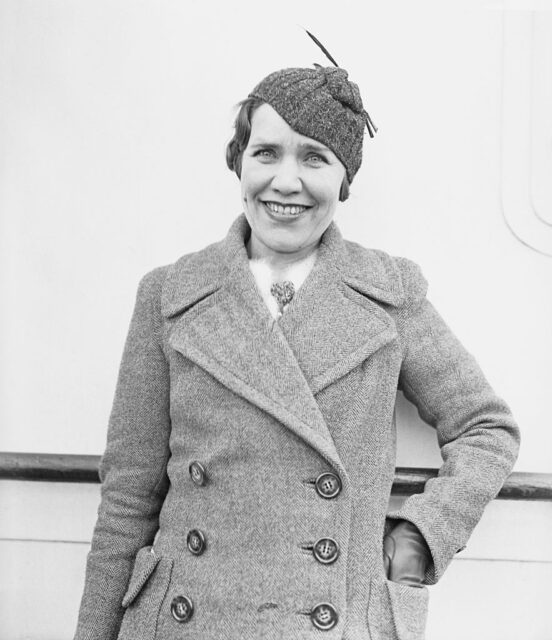
Both Maria and Varvara were able to escape back to their mother. In 1917, Maria was married to Boris Soloviev, a man who many consider to be the next Rasputin after the original “Mad Monk’s” death. Eventually, they decided to leave Russia. They moved around to different places in Europe and had two daughters during this time. While traveling Europe, Maria’s life only became more interesting.
Lion tamer and cabaret dancer
Boris died while they were living in Paris. Not long after, Maria was offered a job as a cabaret dancer thanks to her last name, which she readily accepted as a way to support her family. She then went on to work in various circus roles. She and the girls traveled through France, to London, and then to the United States with different circuses.
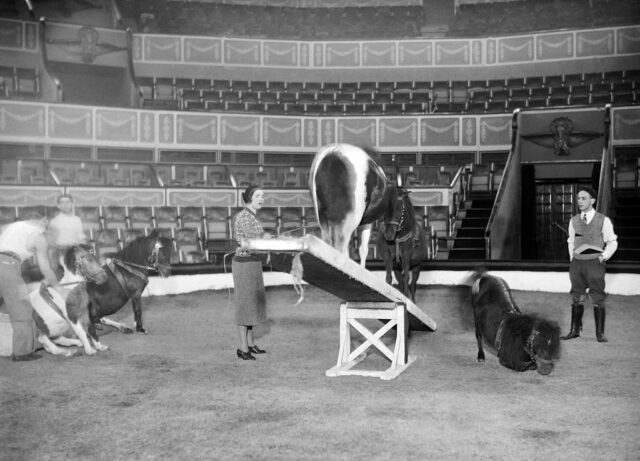
She danced, put together an act with miniature ponies, and was even a lion tamer for a period. Her career in the circus came to an end when she was mauled by a bear, although she continued to travel with the circus until it reached Miami, Florida. Shortly after, she married Gregory Bernadsky, an old friend from Russia who had moved to Miami. Maria Rasputin lived out the last years of her life as a US citizen living in Los Angeles. She died on September 27, 1977.
In defense of her father
Throughout her life, Maria wrote three separate memoirs about her father. They dealt with big topics in his life, like being attacked by Khionia Guseva, encounters with Tsar Nicholas II and Tsaritsa Alexandra Feodorovna, and his death. In each of them, she talks about her father in a way that makes him seem almost like a saint. She said she never wanted to write but to “direct the whole of my life towards one goal, that of giving back to my father his true character.”
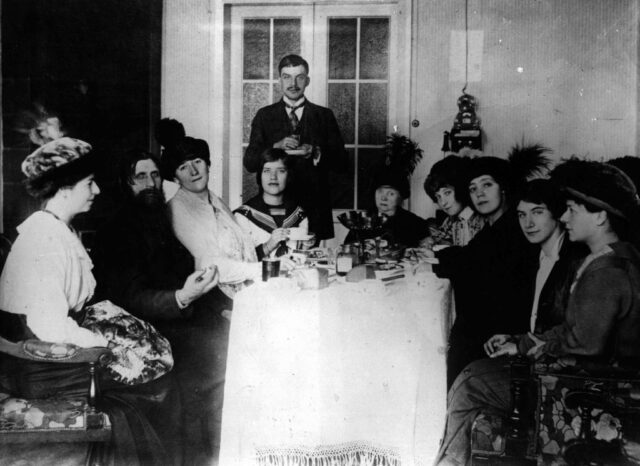
Despite the many assertions that he was a charlatan, Maria viewed him in a different way. She wholeheartedly believed, until the day she died, that any stories that portrayed Rasputin in a negative light were the work of his enemies. She told the Los Angeles Times, “My father was a very kind, very religious man. Always he think [sic] of others — never himself. Many people were jealous of him.”
More from us: What Does Rasputin Have to Do With the ‘This Is a Work of Fiction’ Movie Disclaimer?
She also raised her children to believe that their grandfather was a “simple man with a big heart and strong spiritual power, who loved Russia, God, and the Tsar.”
